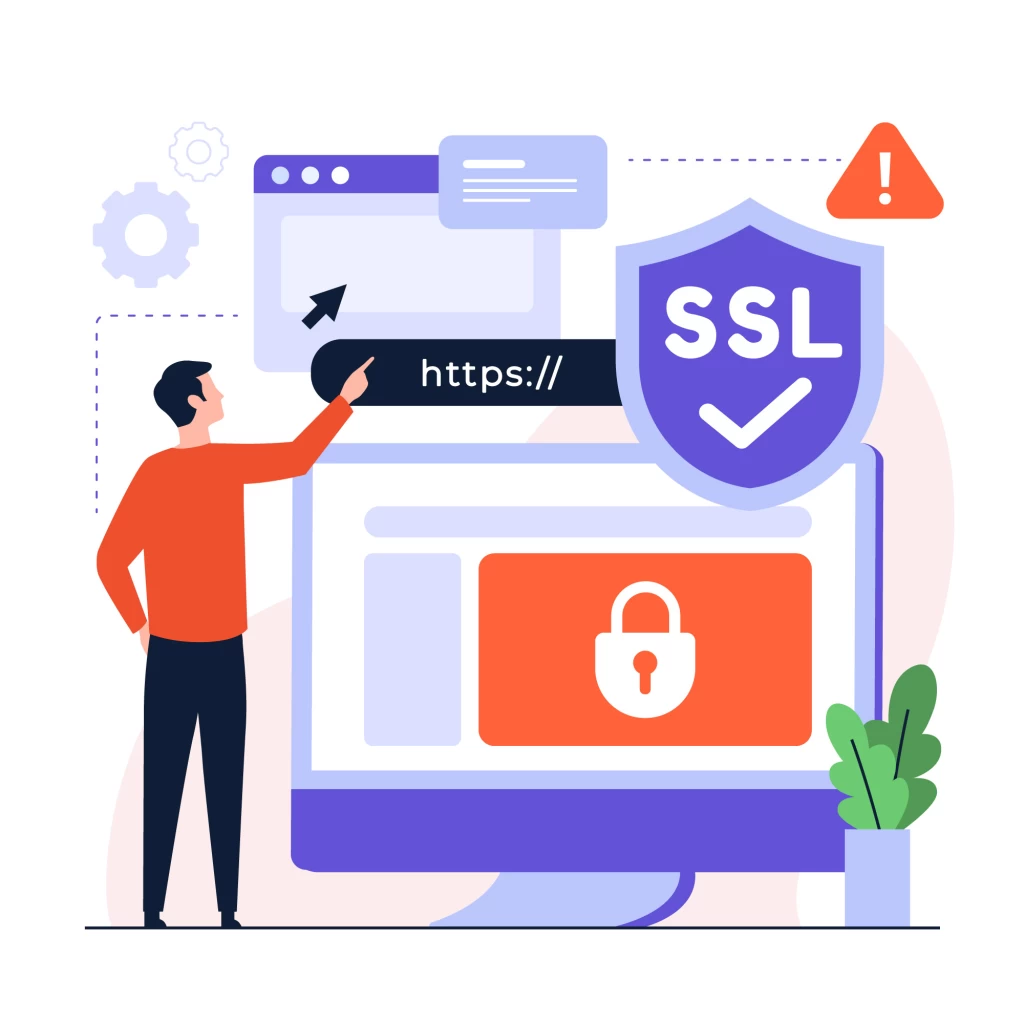Free support 24/7
Free support 24/7

Managing an online store requires careful coordination and planning, as every aspect of the store can impact the customer experience and increase sales. In this article, we will discuss the most important tools you need to successfully manage your online store. These tools help you simplify daily operations, improve performance, and enhance the customer experience.
1. Inventory management tools:
Inventory management is an essential part of any online store. By using inventory management tools, you can track inventory levels, organize products, and update quantities periodically. Programs such as TradeGecko and Zoho Inventory help simplify this process and reduce the risk of running out of or overstocking. This ensures that customers will not face problems when completing their purchase, and ensures that each product is shipped on time.
2. Content management platforms (CMS):
Managing store content professionally is an essential step to improving the visitor experience. Through platforms such as Shopify or WordPress + WooCommerce, you can easily update texts, images, and add new products. These platforms provide flexible designs and search engine optimization (SEO) tools to increase your store’s visibility in search engines and attract more customers.
3. Electronic payment tools:
Electronic payment gateways are one of the vital elements in any online store. By using them, you can facilitate the payment process for customers, and provide multiple options such as payment by credit cards, cash on delivery, and payment via digital wallets such as STC Pay or Apple Pay. These options provide customers with great convenience during the purchase process, which contributes to improving the conversion rate.

4. Analytics and performance tracking programs:
Through analytics programs such as Google Analytics and Hotjar, you can track the behavior of visitors to your online store. These tools provide you with detailed insights into what visitors do on your site, such as the products they are most interested in, and the length of time they stay on certain pages. Through this data, you can improve the user experience and make more accurate decisions to improve the performance of the store.
5. Email marketing tools:
Email marketing is still one of the most effective methods of communicating with customers. Tools such as Mailchimp and Klaviyo enable you to create personalized email campaigns, where you can send special offers, product updates, and abandoned cart reminders. With these tools, you can create campaigns that target a specific segment of customers based on their behavior and preferences.
6. Customer Service and Technical Support Tools:
Customer support is one of the factors that greatly contribute to improving the customer experience. Using live chat tools such as LiveChat or Tawk.to allows you to respond to customer inquiries immediately. Ticket management tools such as Zendesk also help organize and resolve customer complaints in a systematic and efficient manner, which enhances customer loyalty.
7. Search Engine Optimization Tools:
Search engine visibility is crucial to attracting traffic to your online store. Tools such as SEMrush and Moz help improve your site’s SEO by providing detailed reports on keywords, backlinks, and optimizing site content. Using these tools, you can improve your site’s ranking in search results and increase your chances of attracting new customers.
8. Shipping Management Software:
Managing the shipping process is one of the biggest challenges facing e-store owners. Using tools such as Shippo or ShipStation, you can track your shipments accurately, automate the process of selecting shipping companies, and customize shipping-related offers. You can also define shipping policies flexibly, allowing you to provide fast and reliable shipping services to customers in Saudi Arabia.

9. Customer Relationship Management Tools:
(CRM) Customer relationship management is the foundation of the sustainability of any online store. Using tools such as HubSpot CRM or Zoho CRM, you can track customer interaction with your store, from the first visit to after the purchase. These tools help you build a long-term relationship with your customers by personalizing offers and communications based on their interaction with you.
10. Paid Advertising Management Tools
If you rely on paid advertising as one of your customer attraction strategies, you must use tools such as Google Ads or Facebook Ads Manager to manage your advertising campaigns. Using these tools, you can identify your target audience, analyze ad performance, and adjust campaigns to achieve maximum effectiveness.
Managing an online store successfully requires choosing the right tools that help improve performance and increase customer satisfaction. By using these integrated tools, you can simplify procedures, increase sales, and improve the customer experience at every stage of their journey. Choose the tools that suit your store's needs and start building a professional and advanced shopping environment for your customers.

كيف تساعد خاصية "فلترة المنتجات بالخصائص" في تسهيل الشراء

الفرق بين استخدام صور العملاء الحقيقية للمنتج وصور الاستديو
You can create your store easily